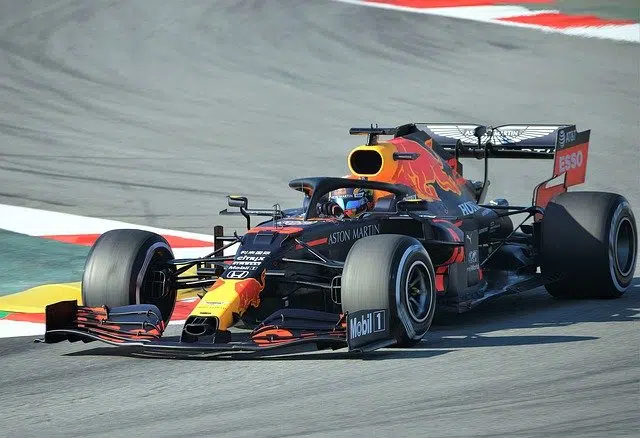
A type of force is called friction.
From the Latin frictio , the term friction derives from friction . This verb refers to rubbing, scrubbing or rubbing something . The force that opposes the movement of one surface over another, or the force that opposes the beginning of a movement, is known as friction force .
Friction, as a force, originates from the imperfections between the objects that are in contact , which can be minuscule, and generate an angle of friction.
Static friction vs. dynamic friction
It is possible to distinguish between static friction , which is a resistance that needs to be transcended to mobilize one thing against another with which it has contact, and dynamic friction , which is the constant magnitude that generates opposition to displacement when it has already begun. Simply put, the first type occurs when bodies are at relative rest, while the second occurs once they are in motion.
An example of static friction occurs when an engine is stopped for a long period. On the other hand, dynamic friction can be seen from the action of a vehicle's wheels when braking.
Although not all the differences between both types of friction are exactly known, the general idea is that static friction is slightly greater than dynamic friction; Since the surfaces where friction will occur are at rest, it is possible that ionic bonds or microwelding may be generated that hold them together, which does not occur once in motion .

Altercations or confrontations between people or groups are referred to as friction.
A coefficient presented by Arthur-Jules Morin
The coefficient of friction, often symbolized by the Greek letter µ (pronounced "mu"), is a dimensionless scalar value that describes the ratio of the friction force between two bodies to that pulling them together. This may be just above zero or greater than one and depends on the materials in question; For example, ice on steel has a low coefficient of friction, while rubber on pavement has a high coefficient of friction.
This term was introduced by the French physicist Arthur-Jules Morin in the 19th century. It is worth mentioning that the coefficient of friction is an empirical measurement , which indicates that it was discovered through experimentation and that it is not possible to calculate it. Returning to the differences between types of surfaces, given a case of friction, it is very likely that the coefficient will be greater in a static case than in a dynamic one. An exception is the Teflon on Teflon pair, since the value coincides for both types of contact.
Although the coefficient of friction is generally said to be a property of materials, it is more appropriate to define it as a property of systems . The reason is that there are factors beyond the characteristics of each surface that affect the results, such as temperature, speed and atmosphere. For example, a copper pin sliding across a thick sheet of the same material may have a coefficient ranging from 0.6 to 0.2, inversely proportional to the speed.
friction toys
There are friction toys that imitate the behavior of vehicles such as cars or trucks.
These must be dragged backwards, so that their wheels can develop the friction mechanism and gain momentum. When released, the forces in question allow you to move forward.
Other uses of the concept
In another sense, disagreements or confrontations that occur between individuals or groups are known as friction. For example: "Frictions between Jews and Palestinians raise fears of the outbreak of a new war conflict ."
We can mention, finally, that Fricción is an Argentine rock band that released two albums between 1985 and 1988 .
